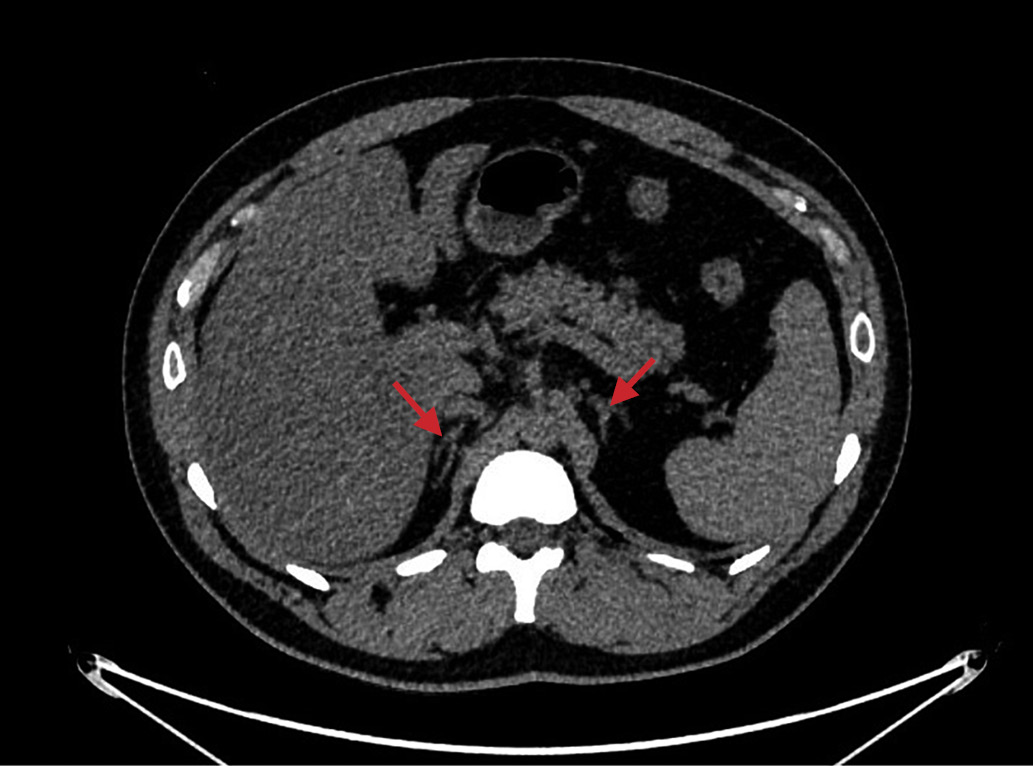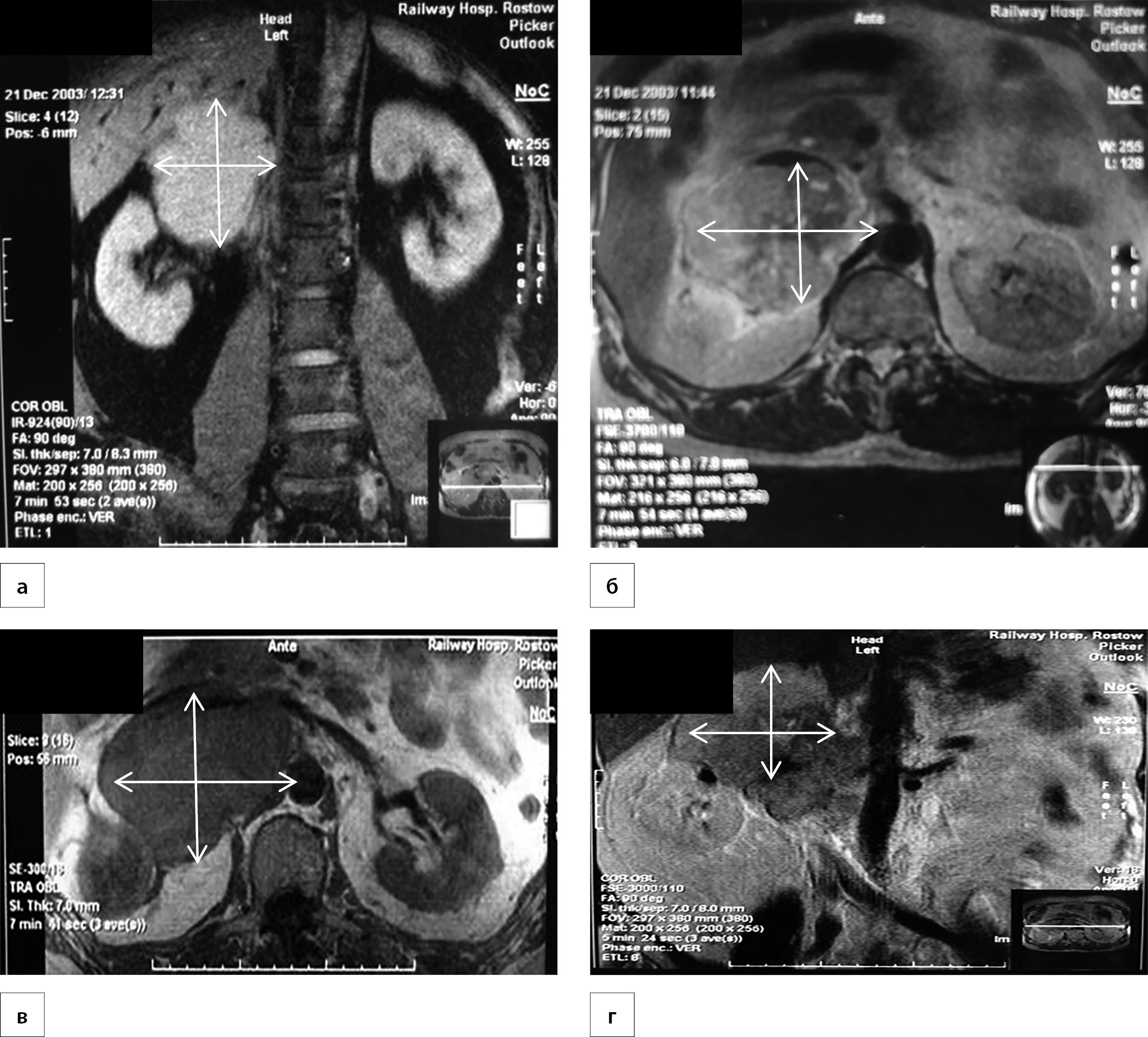Vol 15, No 1 (2021)
View or download the full issue
PDF (Russian)
National clinical recomendations
Case reports

This work is licensed under a Creative Commons Attribution-NonCommercial-NoDerivatives 4.0 International License (CC BY-NC-ND 4.0).











































